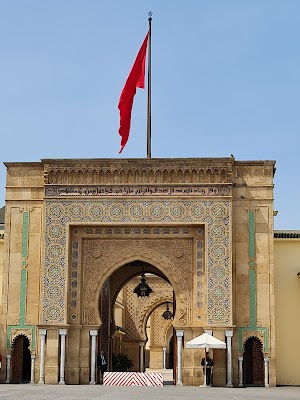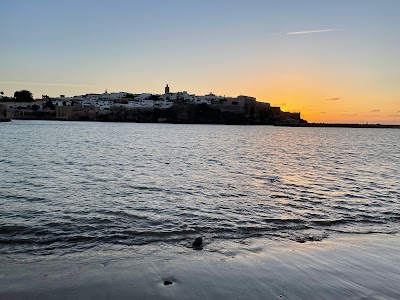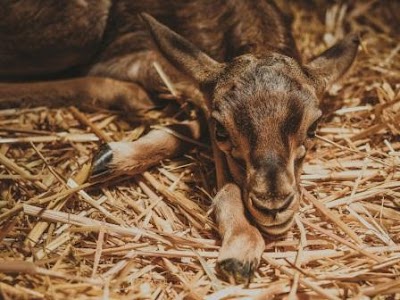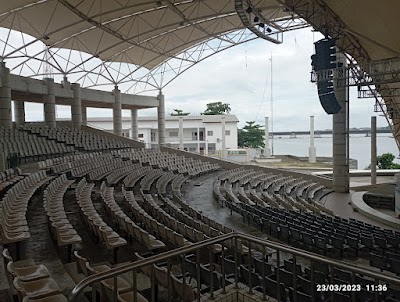Royal Palace of Rabat (القصر الملكي بالرباط)
Overview
The Royal Palace of Rabat, known as Dar al-Makhzen, is an architectural marvel nestled in the heart of Morocco's capital. This grand palace serves as the official residence of the King of Morocco, embodying the country's rich history and royal heritage.
The construction of Dar al-Makhzen began in the mid-18th century under the direction of Sultan Mohammed Ben Abdallah, who ruled from 1757 to 1790. The Sultan envisioned a majestic palace that would symbolize the power and prestige of the Alaouite dynasty, choosing Rabat for its strategic and political significance.
Built using traditional Moroccan architectural techniques, the palace showcases a stunning blend of Islamic and Moorish styles. Skilled artisans meticulously crafted intricate designs, utilizing luxurious materials such as cedar wood, marble, and vibrant mosaic tiles. The palace grounds are equally impressive, featuring beautifully landscaped gardens and open courtyards that invite exploration.
Over the years, the Royal Palace has undergone numerous renovations and expansions. Successive rulers have left their mark, enhancing the palace's grandeur while ensuring it meets modern requirements. Notable modifications were made during the 20th century by King Mohammed V and King Hassan II, who seamlessly integrated contemporary amenities while preserving the palace's historical essence.
Dar al-Makhzen is not merely a single structure; it is a complex that includes various buildings such as administrative offices, royal apartments, and reception halls. Among its most notable features are the Throne Room, used for official ceremonies and state functions, and the Moulay Anfa Mosque, where the royal family and palace staff gather for prayers.
Security at the Royal Palace is exceptionally tight, reflecting its status as the residence of the reigning monarch and a venue for important governmental and international meetings. The palace grounds are protected by royal guards, and public access is limited, ensuring the privacy and safety of the royal family.
Within the palace complex, there are living quarters for government officials and royal staff, as well as classrooms for the children of the royal family. Private gardens and various recreational facilities contribute to a self-sustaining environment that caters to the needs of those who reside there.
Throughout its history, the Royal Palace has played a pivotal role in Morocco's political landscape. It has hosted numerous treaty signings, official receptions, and diplomatic events, symbolizing the enduring monarchy of Morocco and its commitment to harmonizing tradition with modernity.
Today, the Royal Palace of Rabat remains a significant cultural and political landmark. While it is not open to the general public, its stunning architecture and historical importance continue to captivate visitors. The palace stands as a testament to Morocco's rich heritage and the enduring legacy of the Alaouite dynasty, inspiring all who learn of its history.









